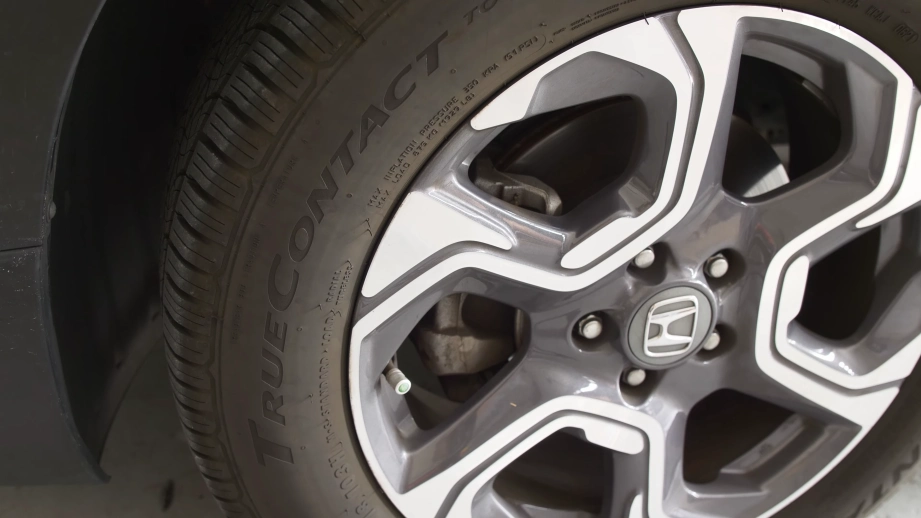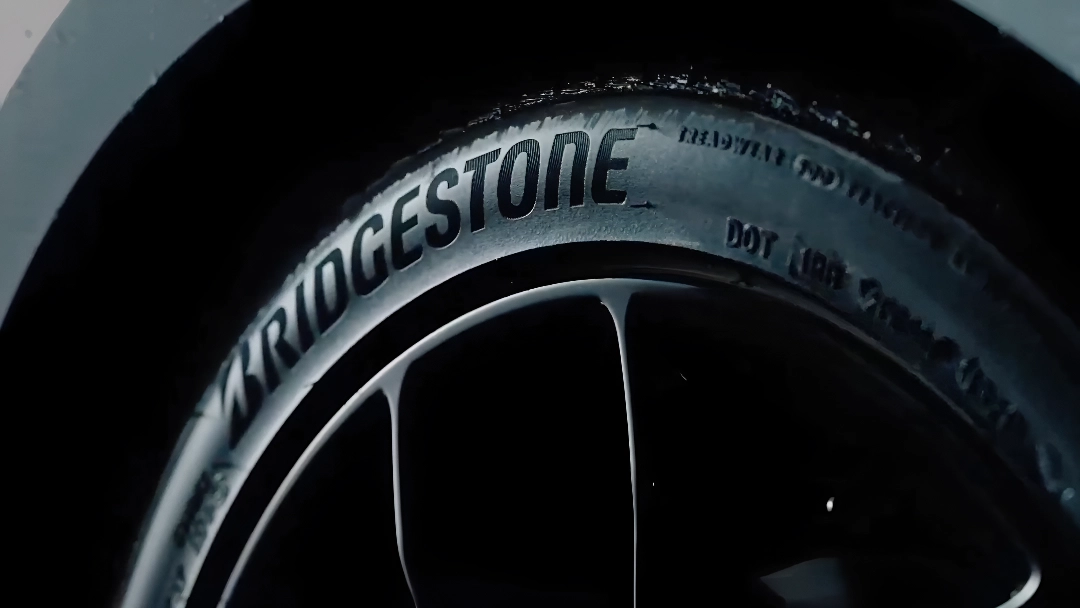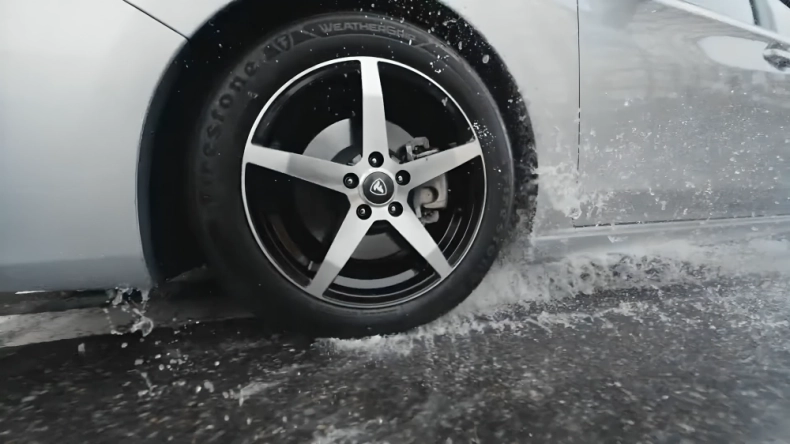Tire stretching is more than just a modification—it’s an art form that blends engineering precision with aesthetic flair. Whether chasing the perfect stance or trying to fit wider wheels for enhanced performance, stretching a tire is a bold statement in the automotive world.
However, it’s not without its intricacies. Done right, it can elevate the look and feel of your vehicle; done wrong, it could compromise safety and functionality. This guide will equip you with the knowledge to master tire stretching, diving deep into its purpose, mechanics, and nuances that make it a distinctive practice in car culture.
Understanding Tire Stretching: Purpose, Mechanics, and the Science Behind It
Tire stretching involves fitting a narrower tire onto a wider wheel than the tire was originally designed for, creating a visually striking effect where the sidewalls angle inward. While its primary appeal lies in aesthetics, there are multiple layers to why and how this technique is used. Let’s break it down:
1. The Origins and Popularity of Tire Stretching
Tire stretching gained prominence in European and Japanese car cultures, particularly during the 1980s and 1990s, as car enthusiasts sought innovative ways to enhance their vehicles’ aesthetics while navigating stringent regulations. In countries like Germany, strict fender-fitment laws required creative solutions to fit wider wheels under stock fenders. Japanese car culture, with its emphasis on individuality and style, embraced the trend as part of the “stance” movement, which values aggressive, low-profile appearances.
Over time, tire stretching became a hallmark of the tuner, stance, and drifting communities. It serves not only as a stylistic choice but also as a practical modification in specific racing scenarios. The global spread of this trend has led to diverse interpretations, with some enthusiasts focusing purely on aesthetics and others on performance optimization. Today, tire stretching remains a symbol of automotive creativity, reflecting the owner’s personality and dedication to car culture.
2. The Mechanics of Tire Stretching
At its core, tire stretching is about manipulating the tire-wheel relationship to achieve specific goals. Here’s a deeper dive into the mechanics:
- Sidewall Angling: By fitting a narrower tire onto a wider wheel, the sidewalls are forced to angle inward. This alters the tire’s structural dynamics, making the sidewalls stiffer. For aesthetic purposes, the angled sidewalls provide a clean, aggressive look that complements wide wheels and low-profile setups.
- Contact Patch Dynamics: While the contact patch (the part of the tire that touches the road) largely remains unchanged, stretching can influence how the load is distributed across the tire. This can result in a sharper response during cornering but may reduce overall grip, especially in wet or uneven conditions.
- Air Pressure Sensitivity: Stretched tires are often more sensitive to changes in air pressure. Maintaining the correct pressure is critical to avoid uneven wear and potential blowouts.
The mechanical implications of tire stretching highlight the need for precision. Over-stretching can compromise the tire’s integrity, increasing the risk of failure during high-stress scenarios such as hard cornering or sudden braking.
3. Applications in Motorsports and Customization
Tire stretching has practical applications in motorsports, particularly in drifting. Drifting requires precise handling and control, and stretched tires can provide several advantages:
- Reduced Sidewall Flex: A stretched tire has stiffer sidewalls, reducing flex during high-speed maneuvers. This stiffness offers more predictable handling, crucial for maintaining control in drifting.
- Improved Clearance: Wider wheels with stretched tires fit snugly under fenders, reducing the likelihood of rubbing against suspension components or bodywork.
In customization circles, tire stretching is more about aesthetics. The clean, tucked-in look of a stretched tire complements lowered suspensions and wide-body kits, creating a cohesive and aggressive stance. This visual appeal has made tire stretching a staple in car shows and online automotive communities.
4. Benefits of Tire Stretching
- Enhanced Aesthetics: Stretched tires provide a sleek, flush appearance that enhances the overall look of the vehicle.
- Fender Clearance: By reducing the tire’s bulge, stretching minimizes the risk of rubbing against fenders or suspension components.
- Performance Edge: In certain motorsport applications, reduced sidewall flex can improve handling precision.
5. Risks and Challenges
- Structural Integrity: Excessive stretching weakens the tire’s ability to handle impacts and road irregularities.
- Legal Implications: Some regions have strict regulations against tire modifications that deviate from manufacturer specifications.
- Safety Concerns: Improperly stretched tires are more prone to blowouts and other failures, especially at high speeds or under heavy loads.
6. Key Considerations When Choosing Tires for Stretching
- Manufacturer Guidelines: Consult the tire’s specification sheet to determine its compatibility with the intended wheel width.
- Load and Speed Ratings: Ensure the tire can safely support the vehicle’s weight and intended driving conditions.
7. Industry Perspectives
Tire manufacturers typically advise against stretching tires beyond their designed specifications. Excessive stretching can void warranties and increase liability in case of failure. However, experienced tire installers and enthusiasts acknowledge that moderate stretching, when done correctly, can be both safe and visually striking. The key is to stay within reasonable limits and ensure proper installation.
8. Measuring the Stretch
Accurate measurement is essential for achieving the desired effect without compromising safety. The stretch is quantified by comparing the wheel width to the tire’s nominal width. For example, fitting a 215mm tire on a 9-inch (229mm) wheel results in a slight stretch (~6% wider than recommended). Specialized tools and visual guides can help assess the stretch and ensure proper fitment.
Steps to Stretch a Tire
- Select Appropriate Tire and Wheel Sizes: Choose a tire size that can accommodate the desired wheel width. It’s crucial to consult manufacturer guidelines and consider safety implications when selecting sizes.
- Prepare the Wheel and Tire: Ensure both the wheel and tire are clean and free from debris. Lubricate the tire bead and wheel rim to facilitate easier mounting.
- Mount the Tire: Using a tire mounting machine, carefully position the tire onto the wheel. Due to the size discrepancy, this step may require additional effort and caution.
- Seat the Bead: Inflate the tire to seat the beads against the wheel flanges. In some cases, a bead blaster or cheetah tank may be necessary to provide a rapid burst of air to seat the beads properly. Extreme caution is advised during this step to prevent accidents.
- Inflate to Recommended Pressure: Once the beads are seated, adjust the tire pressure to the manufacturer’s recommended level. Avoid over-inflation, as it can compromise safety.
Common Challenges and Solutions
- Difficulty Seating the Bead: Stretched tires may resist seating properly due to the tension between the tire and wheel. Using a bead blaster can provide the necessary force to seat the bead. Some enthusiasts have employed flammable substances to create a rapid expansion for seating the bead; however, this method is hazardous and not recommended.
- Safety Concerns: Stretched tires can lead to reduced sidewall flexibility, increasing the risk of tire failure. It’s imperative to ensure that the tire and wheel combination falls within acceptable safety margins and to regularly inspect the tires for signs of wear or damage.
- Legal and Insurance Implications: In some regions, tire stretching may be illegal or could void insurance coverage. It’s advisable to check local regulations and consult with your insurance provider before proceeding.
Best Practices
- Consult Professionals: If inexperienced, seek assistance from professional tire installers who have experience with stretched tires.
- Regular Maintenance: Regularly check tire pressure and inspect for any signs of wear or damage.
- Avoid Extreme Stretching: Excessive stretching can significantly compromise safety. Adhere to moderate stretching within manufacturer recommendations.
Conclusion
While tire stretching can achieve a desired aesthetic, it’s accompanied by potential risks and challenges. Prioritizing safety, adhering to manufacturer guidelines, and consulting with professionals can help mitigate these risks. Always consider the legal and performance implications before deciding to stretch tires on your vehicle.








